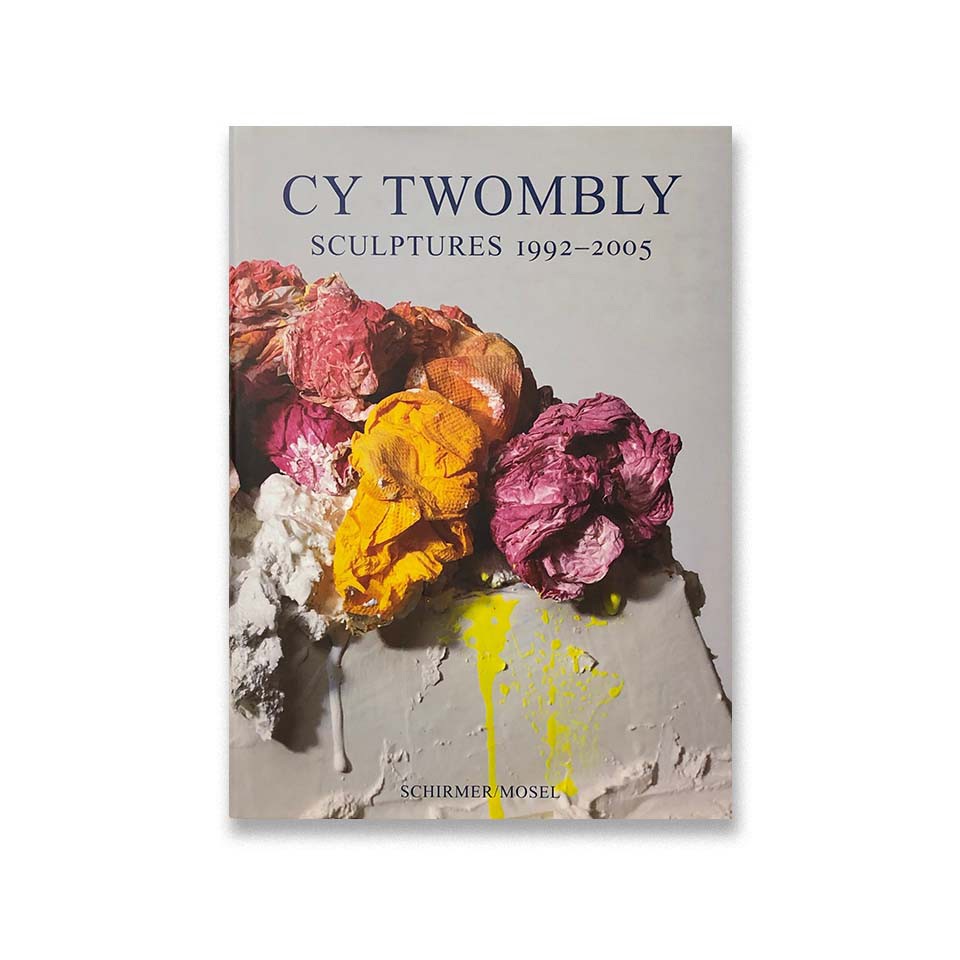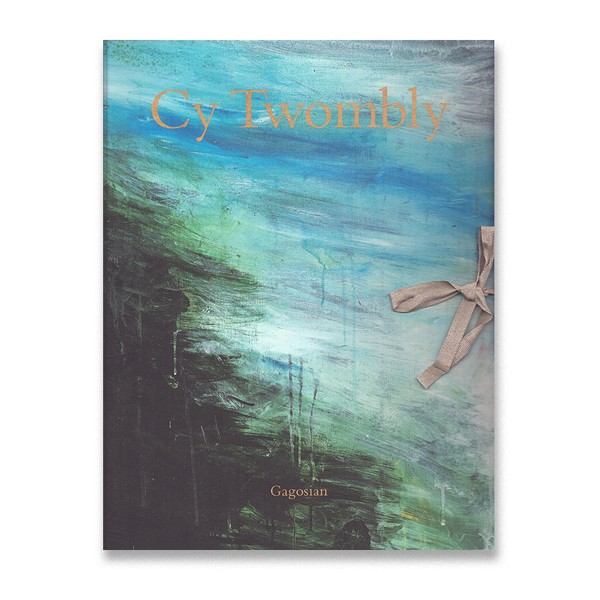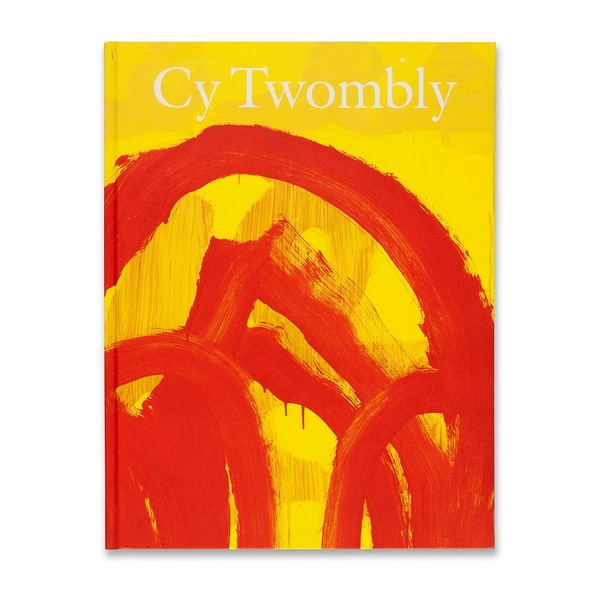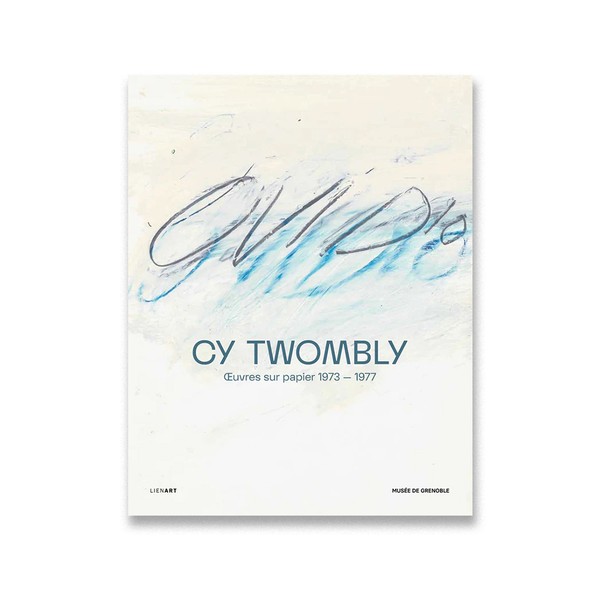Cy Twombly
Sculptures 1992–2005

This exhibition catalogue, published by the Alte Pinakothek München with Schirmer/Mosel, includes the following: a preface from Reinhold Baumstark, Edward Albee’s “Cy Twombly,” Giorgio Agamben’s “Falling Beauty,” Carla Schulz-Hoffman’s “To Fell All Things in All Ways,” Reinhold Baumstark’s “Journey to Lexington,” reproductions of the sculptures, installation views of the exhibition, a list of objects included in the exhibition, and a bibliography.
Baumstark’s preface focuses on Twombly’s practice in the context of the Alte Pinakothek’s broader collection and the artist’s connections to Munich through Heiner Friedrich and Anette and Udo Brandhorst. Albee’s essay considers the frequency and success with which artists—Edgar Degas, Alberto Giacometti, Marcel Duchamp, and so on—have executed both paintings and sculptures. He asserts that there are “three painters whose three-dimensional objects are—to my mind—as important as their flat works: [Pablo] Picasso, [Robert] Rauschenberg, and Cy Twombly” (10). He argues that Twombly uniquely maintains distinctions between his sculptural and painterly practices, producing “extraordinary individual, mysterious and inevitable art works that an artist of his calibre and thrilling non-referentiality would make” (11). Agamben’s essay focuses on Twombly’s 1984 Untitled sculpture and its inscription from Rainer Maria Rilke’s Duino Elegies, specifically the concluding verses of the Tenth Elegy. He connects the inscription to Friedrich Hölderlin’s translation of and commentary on Sophocles, writing that in both cases “the caesura displays the word itself” (15).
Schulz-Hoffmann’s essay focuses on unifying features of the sculptural oeuvre, asserting that “[n]othing is unequivocally and irrevocably defined, everything is upheld as potentiality” (99). She foregrounds the artist’s use of white paint and use of poetry, attending to specific poets quoted such as Fernando Pessoa. She discusses one of Twombly’s sculptures in connection to his Lepanto (2001), as the sculpture incorporates materials used in the production of the painting cycle, and offers both formal and historical insight into each. She then turns to Buddhist and Middle Eastern referents, discussing Untitled (The Mathematical Dream of Ashurbanipal) (2000) at length. She closes with connections to Johann Wolfgang von Goethe, finding that Twombly strikes a “balance of past and present, rest and motion, lack and plenty” (107). Baumstark’s essay focuses on Twombly’s hometown, Lexington, Virginia. He discusses both Untitled (Say Goodbye, Catullus, to the Shores of Asia Minor) (1994) and Lepanto (2001), and describes the conditions of his Lexington studio. He too discusses Ashurbanipal and the associated sculpture, concluding that visitors to the exhibition will encounter the beauty of the objects but not the “secret of their genesis…[which] remains concealed” (139).
For further discussion of Twombly’s sculptures, see especially Kate Nesin’s Cy Twombly’s Things (2014), Achim Hochdörfer’s Cy Twombly: Das Skulpturale Werk (2001), and Katharina Schmidt’s Cy Twombly: Die Skulptur / The Sculpture (2000); note also that Nesin’s book offers further reflections on Untitled (1953). Additional exhibition catalogues concerning Twombly’s sculptural practice include Cy Twombly: Sculpture, published by Gagosian Gallery (2019), and Cy Twombly: Ten Sculptures, published by Gagosian Gallery with an essay by David Sylvester (1997). Nesin’s essay for Eight Sculptures, published by Gagosian Gallery (2009) pursues a similar framing around dichotomies in Twombly’s practice.
(Publication description by Jamie Danis)
Published on the occasion of the exhibition Cy Twombly. Sculptures 1992–2005 at Alte Pinakothek, Munich (April 5 – July 30, 2006).
Cy Twombly. Sculptures 1992–2005. With essays by Giorgio Agamben, Edward Albee, Reinhold Baumstark, and Carla Schulz-Hoffmann. Published by Alte Pinakothek München in cooperation with Schirmer/Mosel, 2006. 144 pages, 76 color illustrations, of which 69 color plates. English edition.



